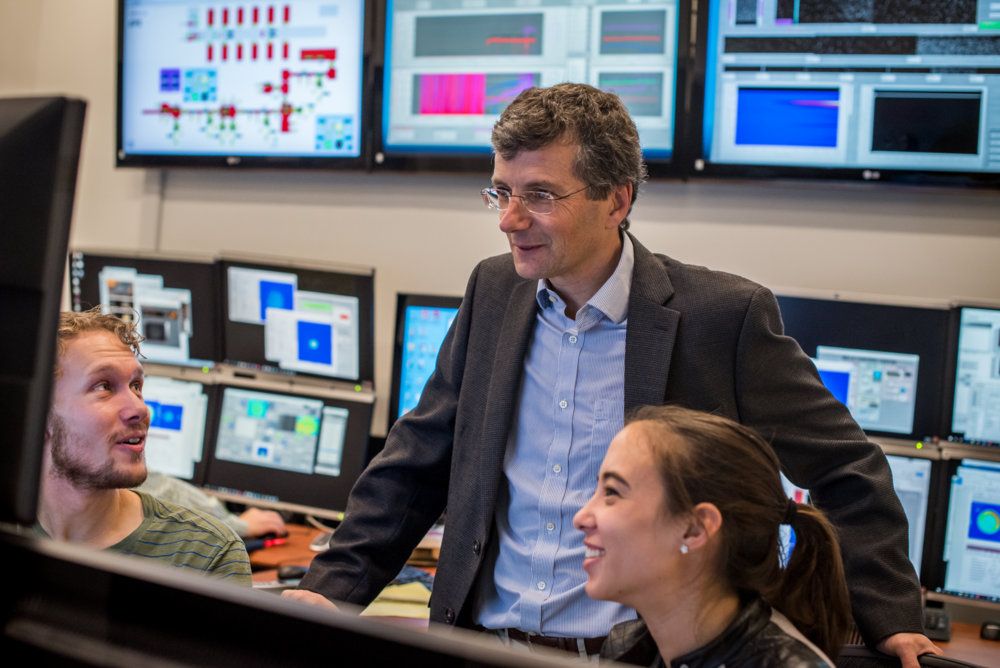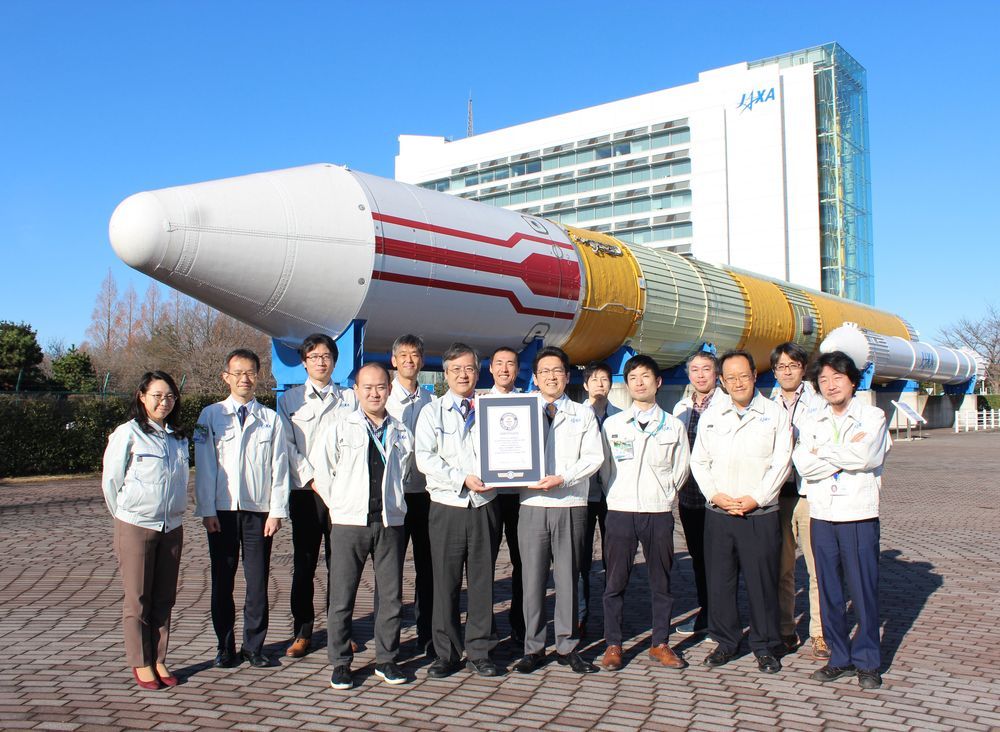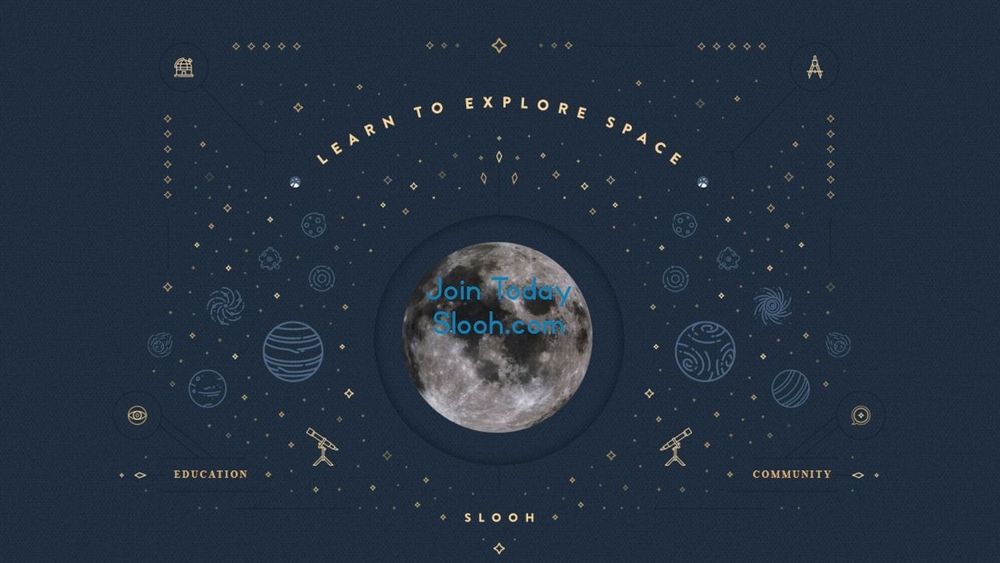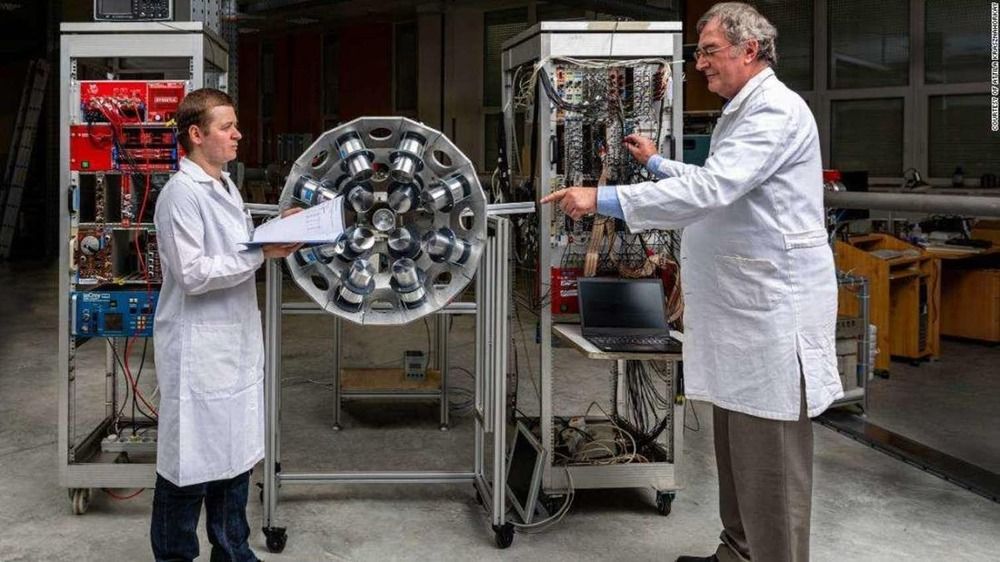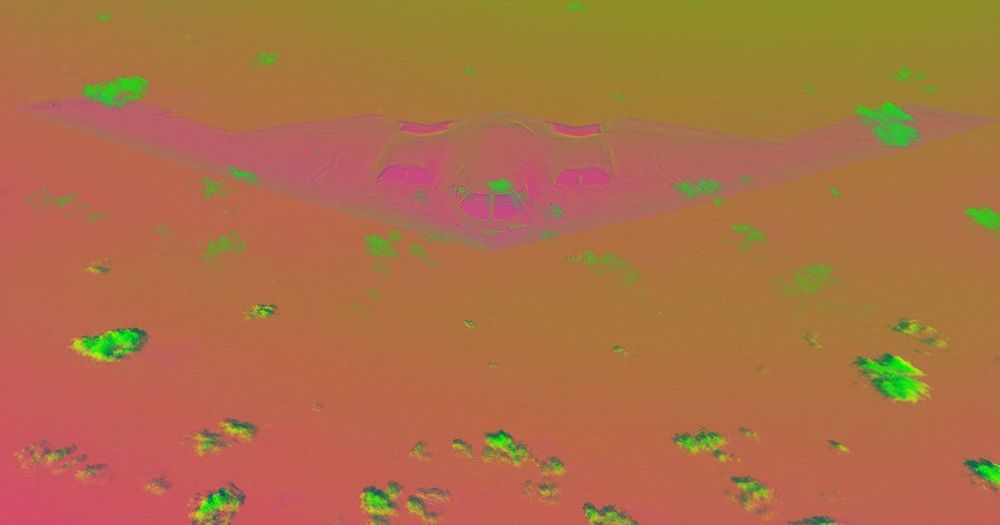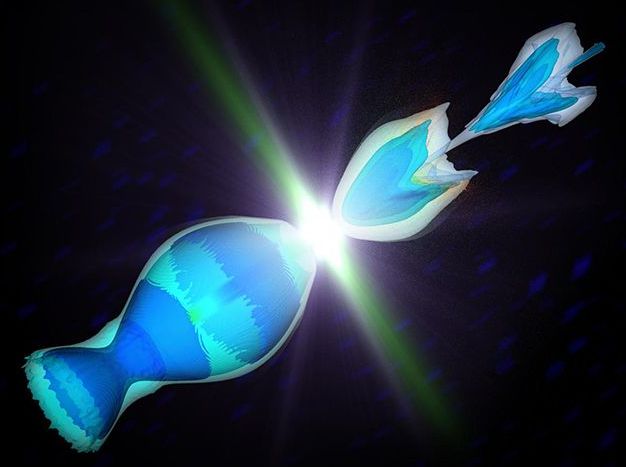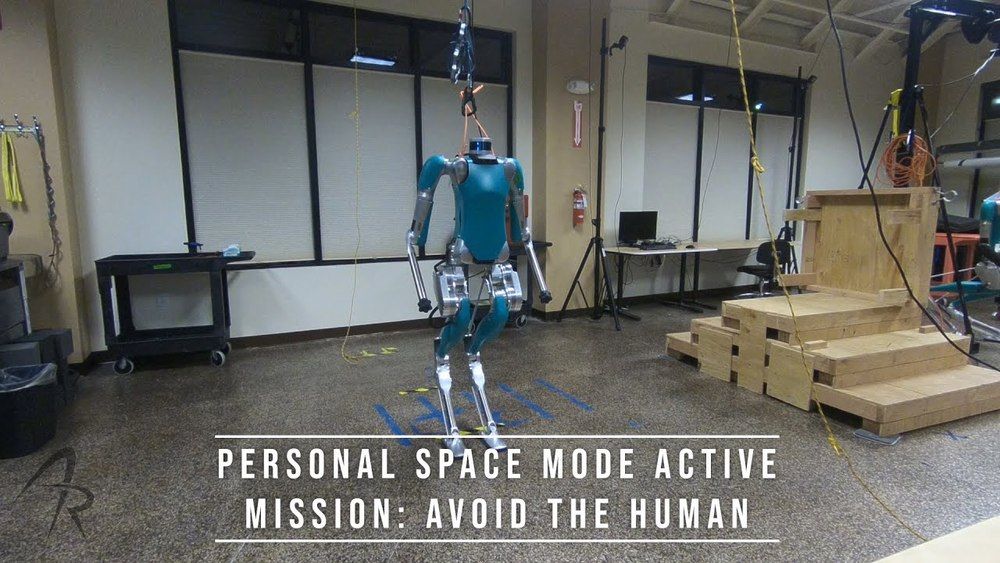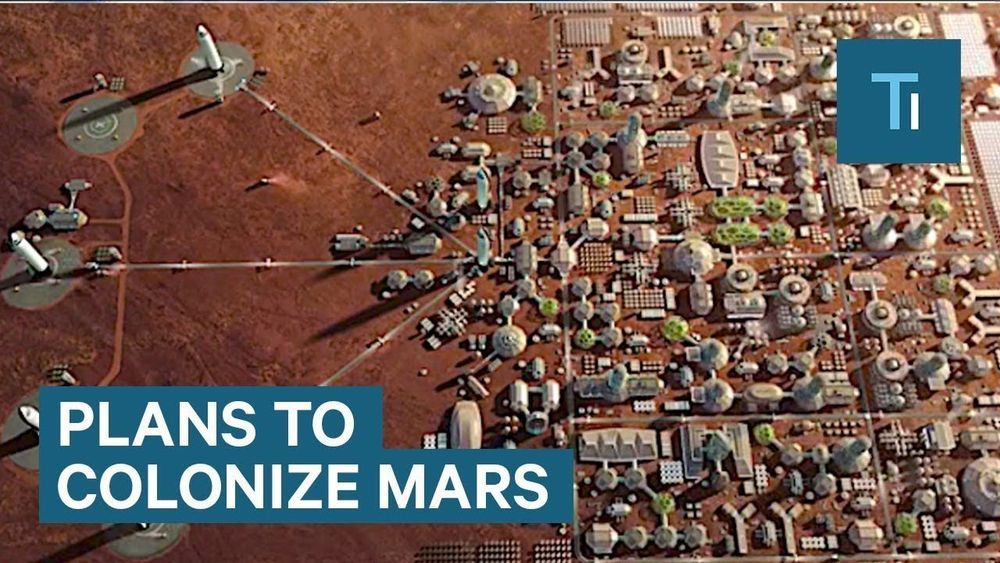Dec 26, 2019
Laser R&D focuses on next-gen particle collider
Posted by Quinn Sena in categories: materials, particle physics
Circa 2016
A set of new laser systems and proposed upgrades at the Department of Energy’s (DOE) Lawrence Berkeley National Laboratory (Berkeley Lab) will propel long-term plans for a more compact and affordable ultrahigh-energy particle collider.
Progress on these laser systems and laser-driven accelerators could also provide many spinoffs, such as a new tool to hunt for radioactive materials, and a miniaturized and highly tunable free-electron laser system enabling a range of science experiments.
Continue reading “Laser R&D focuses on next-gen particle collider” »
